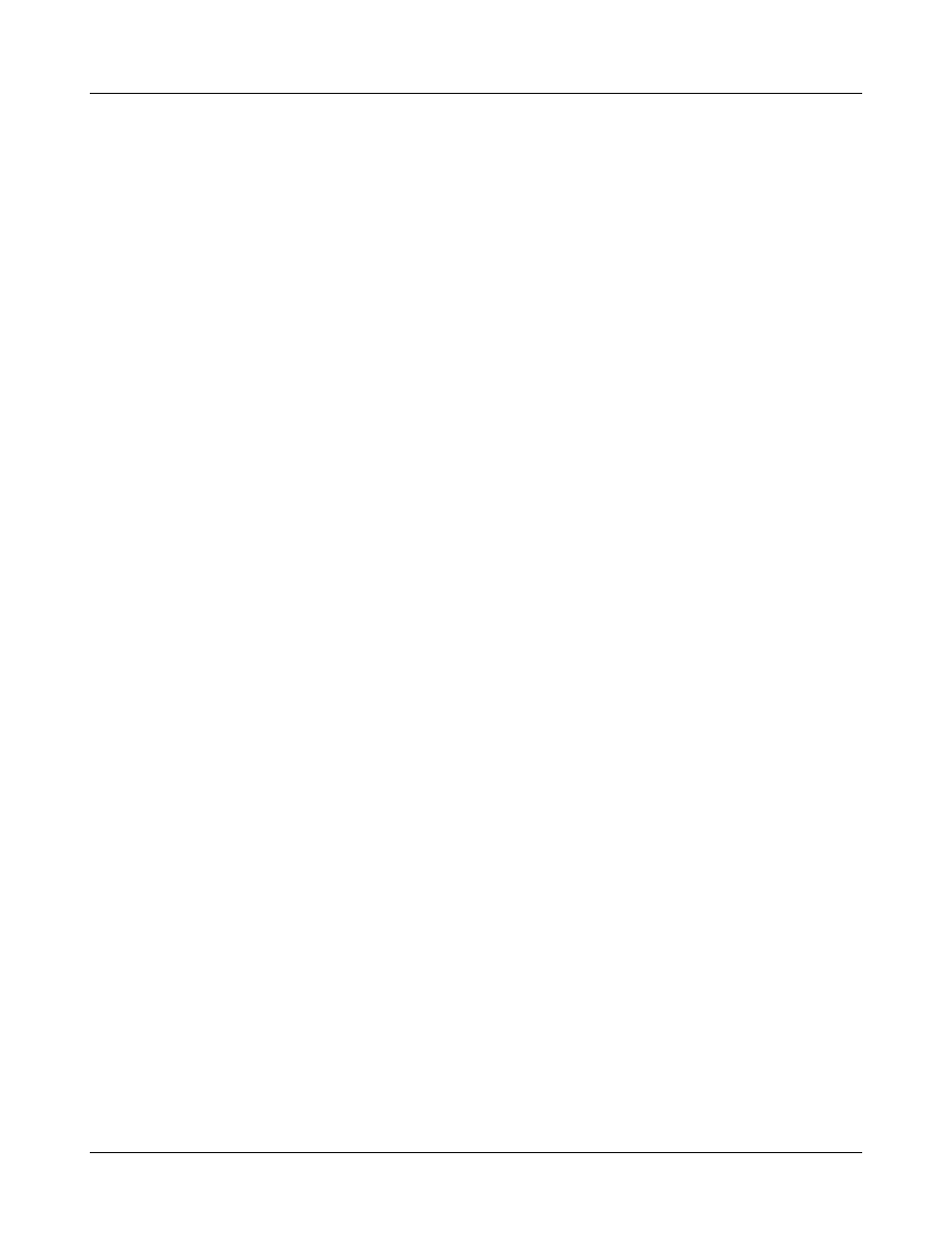Recd results – Audioscan Verifit User Manual
Page 81

Verifit
®
User's Guide Version 3.12
May 2015
2. Select the RECD coupling method that will be used on the ear. Audioscan software supports both foam
eartips and personal earmold, however this choice must be made prior to measurement.
3. If no RECD calibration exists or the measurement interval has been exceeded, go to 15.3: Calibration of
RECD coupler. If a valid transducer calibration exists, highlight and <PICK> [Measure real ear].
4. Refer to Positioning the probe tube and insert the probe tube into the ear canal to within 2 - 5 mm of the
eardrum.
5. Insert the foam tip into the ear, being careful not to advance the probe tube further into the ear canal. Foam
tip insertion depth should be as used with insert phones. Allow the foam tip to fully expand in the ear.
6. Press <Continue> to generate the real-ear response curve (pink) and the RECD curve (cyan). If the RECD
curve is negative and unstable in the low frequencies, check the seal of the foam tip. Increase the tip size
and/or apply a lubricant to the foam tip to improve the seal. If the RECD curve deviates more than 10 dB
from the average in the 4 - 6 kHz region, check for proper probe placement and possible blockage of the tube
by the foam tip or cerumen.
7. When these curves are stable, press <Continue> to save them.
For comparison purposes, the DSL 5.0 age-related average RECD is shown as a dotted curve on the screen. If
you have accessed RECD from the on-ear tests list, you may highlight and <PICK> the Age box to change the
age for this reference curve.
RECD results
The RECD measurement screen shows the transducer calibration in the in the 2cc coupler (1) and the response
measured in the real ear (2). The difference between these curves is the RECD (3). The DSL5.0 age-appropriate
average RECD is shown for reference (4).
A negative RECD below about 1 kHz, often indicates a poor seal between the foam tip and the ear canal, or an
unsealed vent in an earmold. A negative RECD above 1 kHz often indicates a blocked or pinched probe tube.
See RECD facts, Calibration of RECD transducer, Measure RECD, RECD Protocols.
81